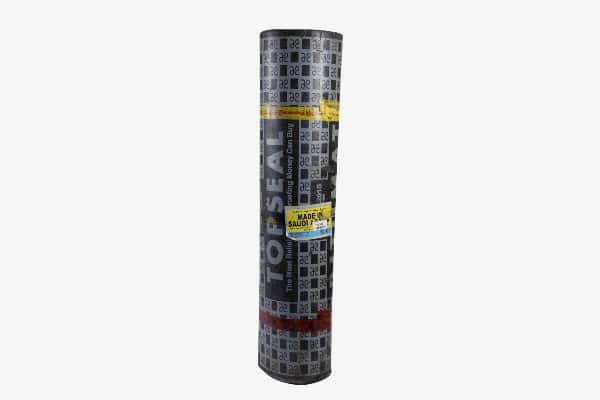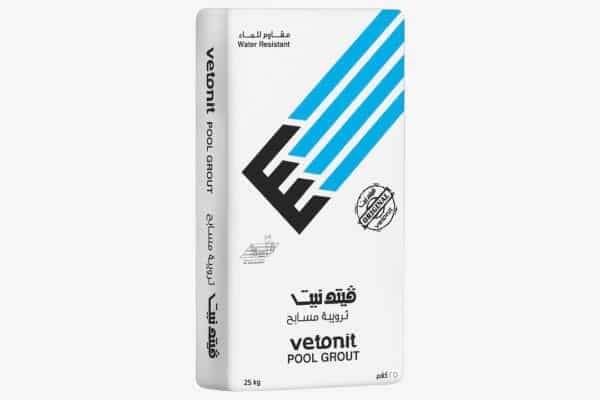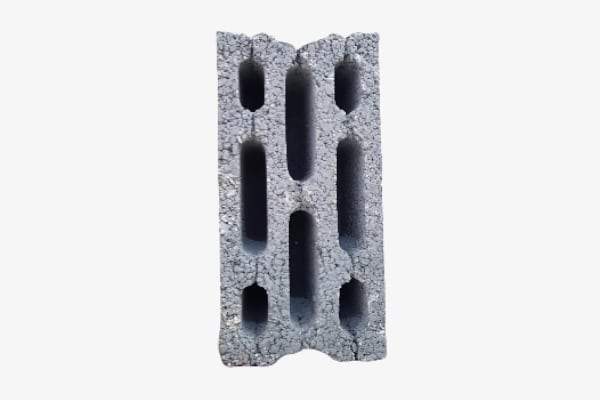Insulated Standard Concrete Block
Overview:
The insulated standard concrete block is designed to provide both structural integrity and thermal insulation. It is commonly used in residential and commercial buildings where energy efficiency is a priority. This type of block contains insulation materials or is manufactured with lightweight aggregates that enhance its thermal performance while maintaining durability.
Why You Should Use It:
- Enhanced Thermal Insulation: Reduces heat transfer, improving energy efficiency.
- Structural Strength: Provides reliable load-bearing capacity.
- Cost-Effective: Reduces energy bills by minimizing heating and cooling costs.
- Fire-Resistant: Offers high resistance to fire hazards.
- Sound Insulation: Helps in noise reduction for quieter indoor environments.
Key Features:
| Property | Description |
|---|---|
| Density | 1200–1800 kg/m³ |
| Compressive Strength | 3.5–7.5 MPa |
| Fire Resistance | High due to concrete and insulation composition |
| Water Absorption | 5–10% |
| Thermal Conductivity | 0.2–0.5 W/m·K |
| Lifespan | 50+ years |
Uses:
- Exterior Walls: Provides insulation for homes and commercial buildings.
- Partition Walls: Ideal for internal walls with soundproofing benefits.
- Energy-Efficient Buildings: Used in eco-friendly and passive house designs.
- Industrial Facilities: Applied in factories requiring temperature control.
- Cold Storage Facilities: Used for refrigerated buildings to minimize heat transfer.
Dimensions:
| Dimension | Size Range |
|---|---|
| Length | 400 mm – 600 mm |
| Width | 150 mm – 250 mm |
| Height | 200 mm – 300 mm |
Density:
- Standard Density: 1200–1800 kg/m³
- Lightweight Variant: Below 1400 kg/m³
Case Studies:
- Energy-Efficient Homes: Used in green building projects to improve insulation.
- Commercial Offices: Enhances thermal regulation in large buildings.
- Cold Storage Facilities: Ensures controlled temperatures with minimal energy loss.
Applications in Practice:
The insulated standard concrete block is widely chosen for its balance between strength and energy efficiency. It is ideal for sustainable buildings aiming to reduce energy consumption.
Installation Recommendations:
- Use Proper Mortar: Insulated mortar enhances overall efficiency.
- Ensure Proper Alignment: Correct placement improves insulation performance.
- Apply Waterproofing Coatings: Protects against moisture infiltration.







